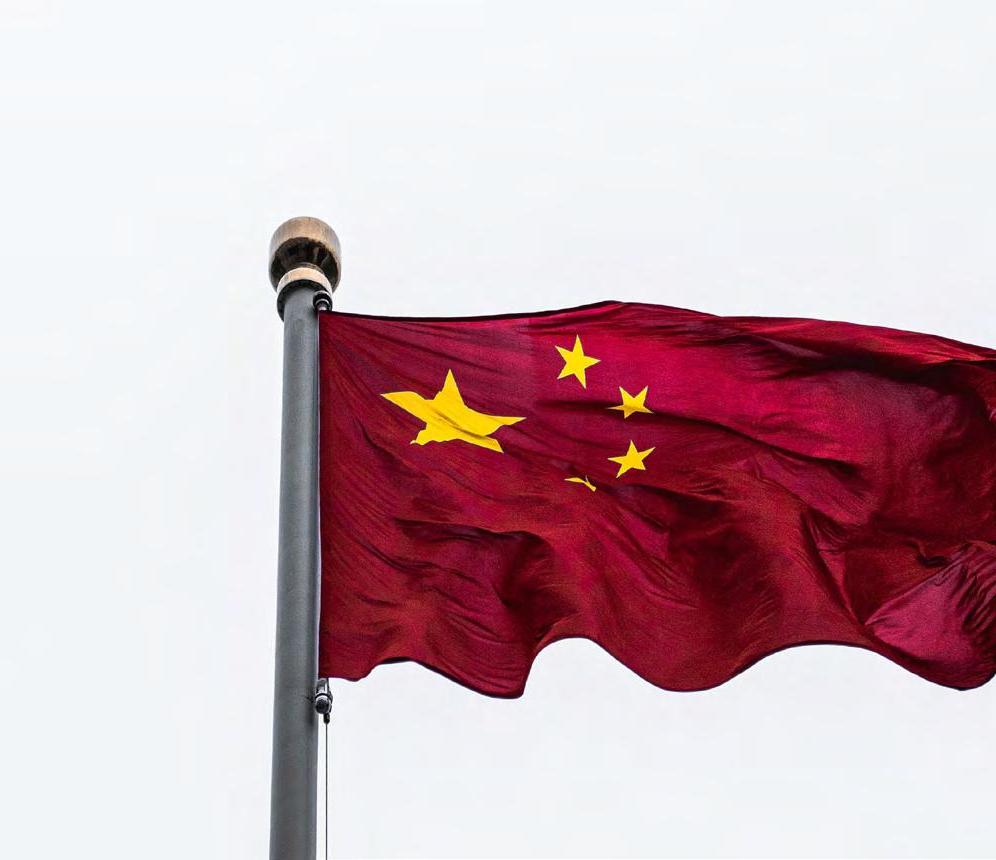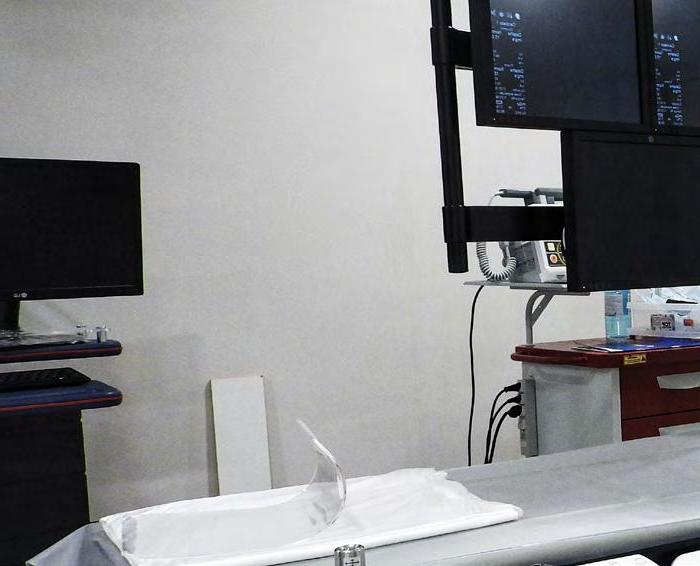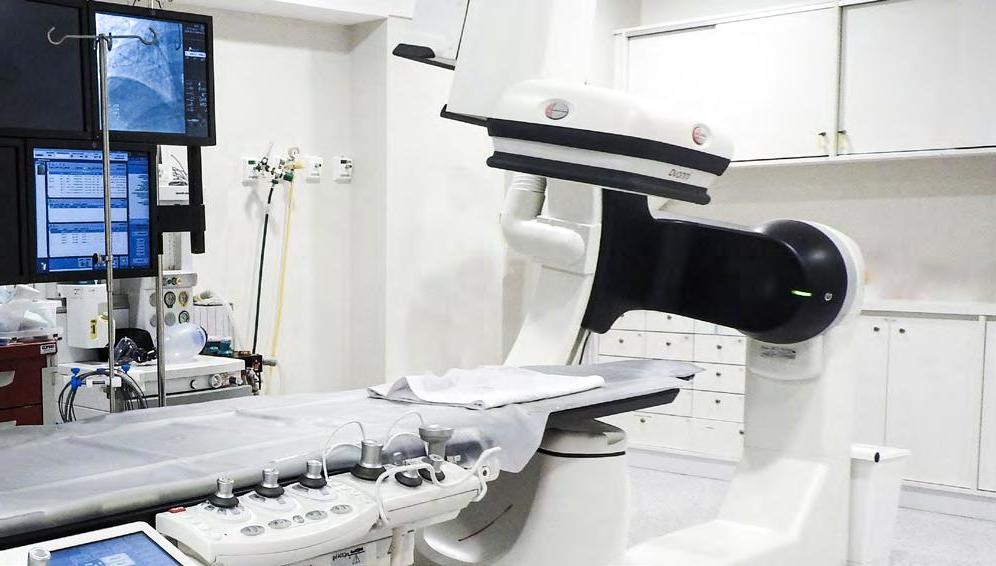China’s health care sector and health care economy Market Overview
health care market will be worth USD 2.4 trillion by 203020, with double digit growth rates expected21.
China’s enormous health care market continues to expand, driven by an aging population, changing consumer habits, increasing urbanization, and economic growth. Roughly 15 percent of China’s population is currently aged 60 or older, a number that is expected to reach 37 percent by 205013. It is expected that one-quarter of the country’s population will be 65 or older by 2050, and that half will be 45 or older14. The health care system is not yet prepared for the additional burden this will bring, particularly regarding non-communicable diseases (NCDs) and chronic diseases such as cancer and cardiovascular disease. In 2014, about 87 percent of all premature deaths were caused by NCDs15. By 2016, the percentage had already increased to 89 percent16. According to a World Bank report from 2011, the number of NCD cases among Chinese people over 40 will double or even triple over the next two decades until 203017. Naturally, COVID-19 has brought about additional challenges for the handling of pandemic response and infectious diseases. And indirectly, the pandemic also entailed negative consequences for the management of chronic disease, the monitoring and treatment of chronic disease patients18.
Health Care Spending: In 2014, health care expenditure as a share of GDP was 5.6 percent22 and by 2020, China’s healthcare spending is expected to account for 6.5 to 7 percent of its total GDP23 while the economy still grew by 6.1 percent before the COVID-19 crisis24., In 2017, Chinese domestic general government health expenditure per capita was equivalent to USD 44025 compared to an average of over USD 5,200 in the world’s eighth largest health care markets.26 Analysts estimate that health care expenditures in China could reach USD 1 trillion as early as 2020, as China converges with health care spending patterns in developed markets.27 Health Care Spending Growth: Since 2003, health care expenditure has grown by 20 percent annually in China28. Roughly 36 percent of all health care spending is in the form of out-of-pocket expenses29. In the long term, China’s growing prosperity and aging population are expected to lead to a 10–15 percent increase in the rate of health care growth.30 How COVID-19 will influence health care spending remains to be seen. The SARS epidemic in 2003 had triggered meaningful government reforms and investments.
Health care expenditure data Market Size: China is the second largest health care market in the world, with total health care spending of USD 558 billion in 201619. Forecasts indicate China’s
13
Ulrike Reisach, Das Gesundheitswesen in China, Berlin 2017, pp. 8.
14
EY, The rise of private health insurance in China, 2016, p. 5, <https://www. ey.com/Publication/vwLUAssets/EY-the-rise-of-private-health-insurance-inchina/$FILE/EY-the-rise-of-private-health-insurance-in-china.pdf>.
15
World Health Organization, Noncommunicable Diseases(NCD) Country Profiles – China, 2014, <https://www.who.int/nmh/countries/2014/chn_en.pdf?ua=1>.
16
World Health Organization, Noncommunicable Diseases (NCD) Country Profiles – China ,2016, <https://www.who.int/nmh/countries/chn_en.pdf?ua=1>.
17
World Bank, Toward a Healthy and Harmonious Life in China: Stemming the Rising Tide of Non-Communicable Diseases, 2011, p. 2, <https://www.worldbank. org/content/dam/Worldbank/document/NCD_report_en.pdf>.
18
19
World Health Organization, China shows COVID19 responses must be tailored to local context https://www.euro.who.int/en/health-topics/health-emergencies/ coronavirus-covid-19/news/news/2020/4/china-shows-covid-19-responsesmust-be-tailored-to-the-local-context (accessed 21.07.2021). Krane shares, China Healthcare: Potential Opportunities From One Of The Fastest Growing Major Global Healthcare Markets <http://kraneshares.com/ resources/presentation/2018_12_31_kure_presentation.pdf>;
01
20
China Daily, according to the Chinese National Health and Family Planning Commission, “China’s health service industry to reach 16 trillion yuan by 2030,” Aug 15, 2017
21
The Economist: Navigating through China's evolving healthcare market: Healthcare 2020 https://www.eiu.com/public/topical_report. aspx?campaignid=Chinahealthcare2020 (accessed 21.07.2020).
22
Ulrike Reisach, Das Gesundheitswesen in China, Berlin 2017, pp. 21.
23
Healthcare reforms underscore market growth in The China Briefing < https:// www.china-briefing.com/news/healthcare-reforms-underscore-marketgrowth-china/> (accessed 21.07.2020).
24
World Bank, China GDP growth <https://data.worldbank.org/indicator/NY.GDP. MKTP.KD.ZG?locations=CN> (accessed 21.07.2020).
25
WHO, Domestic health expenditure, https://data.worldbank.org/indicator/ SH.XPD.GHED.GD.ZS?locations=CN&view=chart, (accessed 16.07.2020)
26
WHO, http://kraneshares.com/resources/presentation/2018_06_30_kure_ presentation.pdf, 2015. (accessed on 30.06.2018)
27
Global X, China Sector Analysis: Health Care, https://www.globalxetfs.com/ china-sector-analysis-health-care/, Apr 25, 2019
28
Council on Foreign Relations, China’s Healthcare Sector and U.S - China Health Cooperation, <https://www.cfr.org/report/chinas-healthcare-sector-and-uschina-health-cooperation> (accessed on 17.07.2020).
29
World Bank, Out-of-pocket expenditure (% of current health expenditure) – China, <https://data.worldbank.org/indicator/SH.XPD.OOPC.CH.ZS?locations=CN> (accessed on 17.07.2020).
30
Global X, China Sector Analysis: Health Care, <https://www.globalxetfs.com/ china-sector-analysis-health-care/> (accessed on 17.07.2020).
9











